Introduction: Navigating the Hurdles of Onboarding
Picture this: a new hire walks into their first day, excited to begin their journey, only to face overwhelming paperwork, unclear expectations, and little support. Challenges like these can derail even the most promising onboarding processes, leaving new employees disengaged and unsure of their place in the organisation.
Onboarding is fraught with potential pitfalls, but with the right strategies—grounded in [[Cognitive Load Theory (CLT)]]—HR managers can tackle these challenges head-on. This guide explores common onboarding obstacles and practical solutions to create a seamless, empowering experience for new hires.
The Most Common Onboarding Challenges
1. Information Overload
The Problem:
New hires are bombarded with an avalanche of policies, processes, and tools in their first few days, leading to confusion and mental fatigue.
The Solution:
- Break information into manageable chunks, aligning with CLT’s principles for managing intrinsic load.
- Spread onboarding tasks over a phased timeline to allow gradual learning.
Example:
Instead of delivering a 50-slide presentation on company policies, create short daily modules covering key topics over the first week.
2. Lack of Personalisation
The Problem:
Generic onboarding programmes fail to address the unique needs, experiences, and goals of individual hires, leaving them feeling undervalued.
The Solution:
- Use pre-onboarding surveys to gather insights about new hires’ backgrounds and preferences.
- Design personalised learning paths based on role requirements and individual strengths.
Example:
A marketing associate might benefit from focused training on branding tools, while a data analyst requires in-depth sessions on analytics software.
3. Poorly Designed Training Materials
The Problem:
Text-heavy, jargon-filled documents or cluttered presentations make it difficult for employees to focus on and retain critical information.
The Solution:
- Use visuals like flowcharts, infographics, and videos to simplify complex concepts.
- Apply CLT principles to minimise extraneous load by eliminating unnecessary distractions.
Example:
Replace a lengthy written guide with an interactive flowchart detailing the approval process for project proposals.
4. Insufficient Support and Guidance
The Problem:
Without adequate support, new hires feel isolated and struggle to navigate their roles independently.
The Solution:
- Pair new employees with mentors or buddies who can provide guidance and answer questions.
- Schedule regular check-ins with managers to track progress and address concerns.
Example:
A new hire on the IT team might shadow an experienced colleague for their first two weeks, gradually taking on more responsibility.
5. Gaps in Feedback and Evaluation
The Problem:
A lack of feedback leaves employees unsure if they’re meeting expectations or how they can improve.
The Solution:
- Incorporate real-time feedback loops into onboarding tasks.
- Use assessments to identify areas where additional training is needed.
Example:
After completing a role-playing exercise for customer interactions, provide immediate feedback on the employee’s communication style and offer suggestions for improvement.
6. Remote Onboarding Challenges
The Problem:
Remote onboarding can feel impersonal and disconnected, making it harder for new hires to engage and integrate with the team.
The Solution:
- Use video calls and collaboration tools to foster connection.
- Provide clear, step-by-step instructions for accessing systems and resources.
Example:
Schedule daily virtual coffee breaks for remote hires to meet their teammates informally during their first week.
How Cognitive Load Theory Helps Overcome These Challenges
[[Cognitive Load Theory]] provides a scientific framework for addressing onboarding challenges by focusing on how employees process and retain information.
- Minimising Extraneous Load: Streamline materials and eliminate unnecessary complexity.
- Managing Intrinsic Load: Break down complex tasks and introduce them gradually.
- Maximising Germane Load: Foster active learning through role-playing, scenarios, and collaborative
- exercises.
Practical Strategies for Tackling Onboarding Challenges
1. Develop a Clear Onboarding Timeline
Map out onboarding phases to ensure a logical progression of tasks and learning.
Example:
- Day 1: Welcome and introduction to company culture.
- Week 1: Role-specific training and shadowing.
- Month 1: Performance reviews and growth plans.
2. Leverage Technology for Efficiency
Use digital tools to centralise resources, deliver personalised training, and track progress.
Example:
An LMS platform can guide employees through a series of interactive modules tailored to their role.
3. Foster Connection and Collaboration
Encourage teamwork and support through mentorship programmes and team-building exercises.
Example:
Host a collaborative workshop where new hires solve a mock challenge relevant to their department.
4. Gather Feedback for Continuous Improvement
Solicit input from new hires to identify gaps and refine the onboarding experience.
Example:
Conduct post-onboarding surveys to assess satisfaction and areas for improvement.
Benefits of Addressing Onboarding Challenges
- Improved Engagement: Employees feel valued and supported.
- Faster Productivity: Clear, structured onboarding accelerates learning.
- Higher Retention: A positive onboarding experience reduces turnover.
- Stronger Organisational Culture: New hires integrate more effectively into the team.
Conclusion: From Challenges to Opportunities
Every onboarding challenge is an opportunity to improve. By identifying common hurdles and applying strategies grounded in Cognitive Load Theory, HR managers can transform onboarding into a seamless, empowering experience.
Takeaways
- Onboarding challenges like information overload, poor materials, and lack of support can hinder new hire success.
- [[Cognitive Load Theory]] offers practical solutions to streamline onboarding and enhance learning.
- Strategies like personalisation, clear timelines, and feedback loops turn challenges into opportunities.
Tips for the Workplace
- Audit Your Onboarding Process: Identify pain points and prioritise improvements.
- Streamline Materials: Replace dense documents with visuals and concise content.
- Foster Support Networks: Pair new hires with mentors and encourage collaboration.
- Embrace Technology: Use digital tools to personalise and track onboarding progress.
- Solicit Feedback: Regularly gather input from new hires to refine your programme.
References
- Sweller, J. (1988). Cognitive Load During Problem Solving: Effects on Learning. Cognitive Science. https://doi.org/10.1016/0364-0213(88)90023-7
- Mayer, R. E. (2005). Cognitive Theory of Multimedia Learning. Cambridge University Press. https://doi.org/10.1017/CBO9780511816819
- Society for Human Resource Management (SHRM). (2019). Onboarding Metrics That Matter. https://www.shrm.org


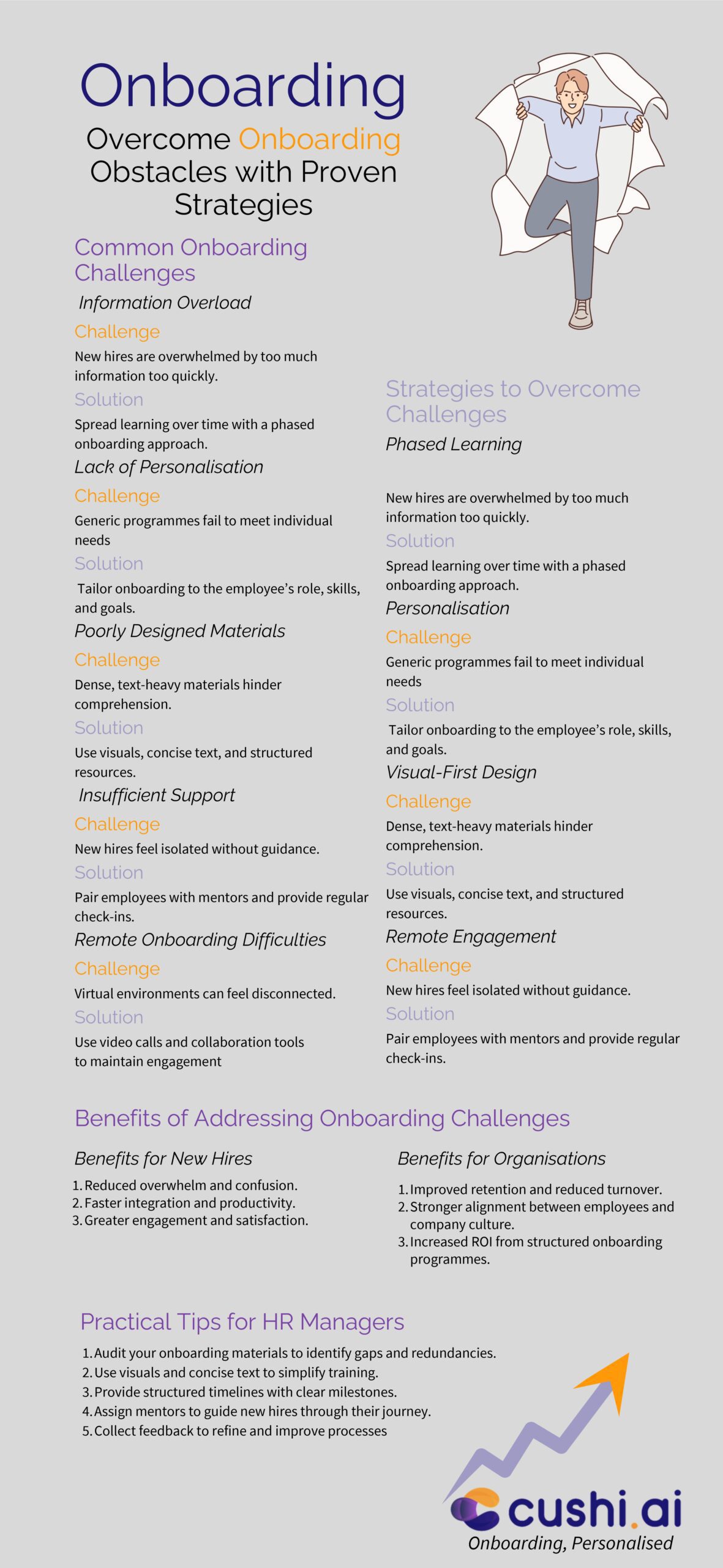
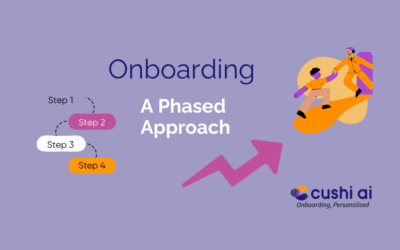
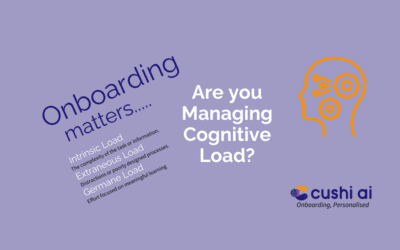
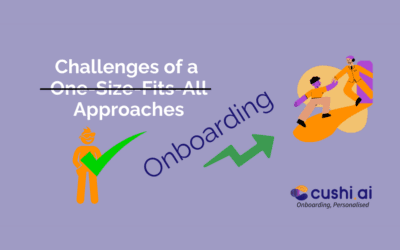
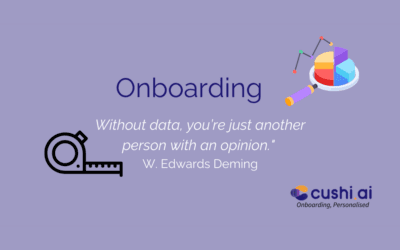
0 Comments